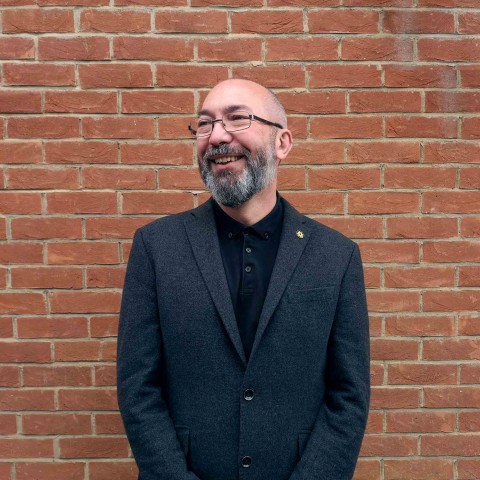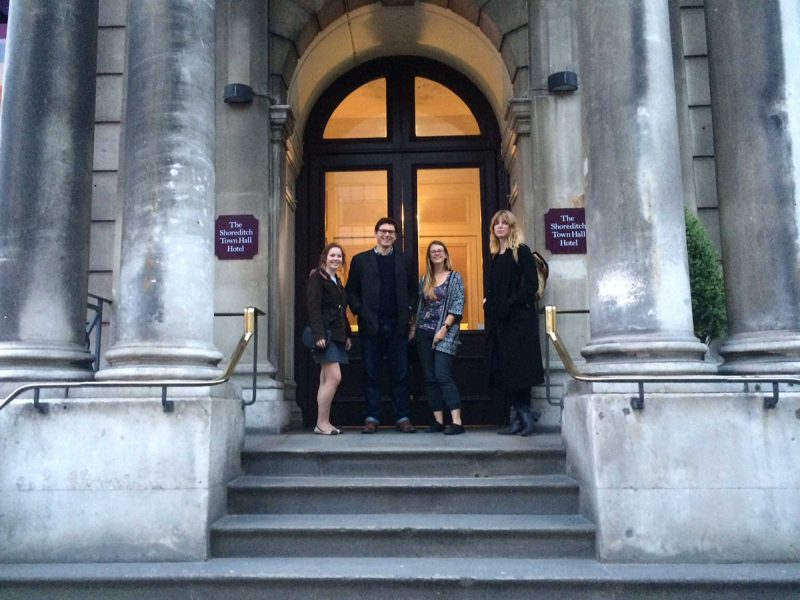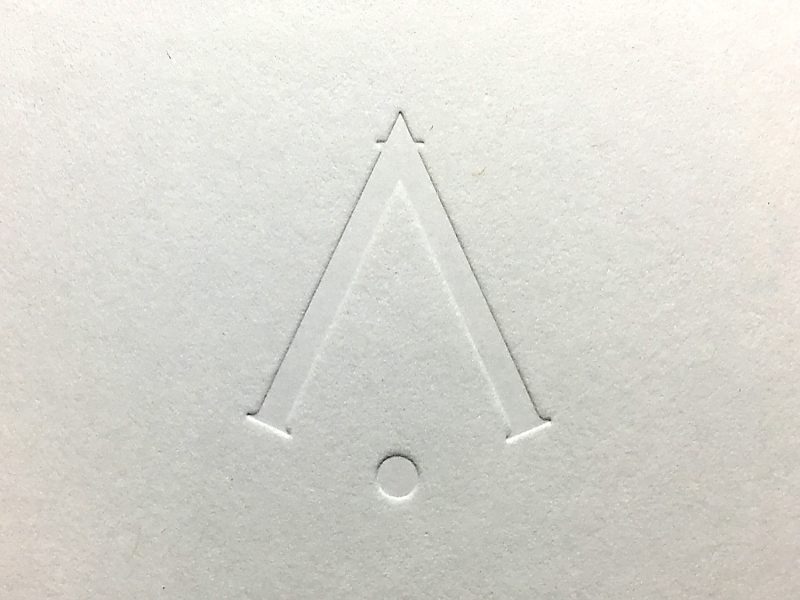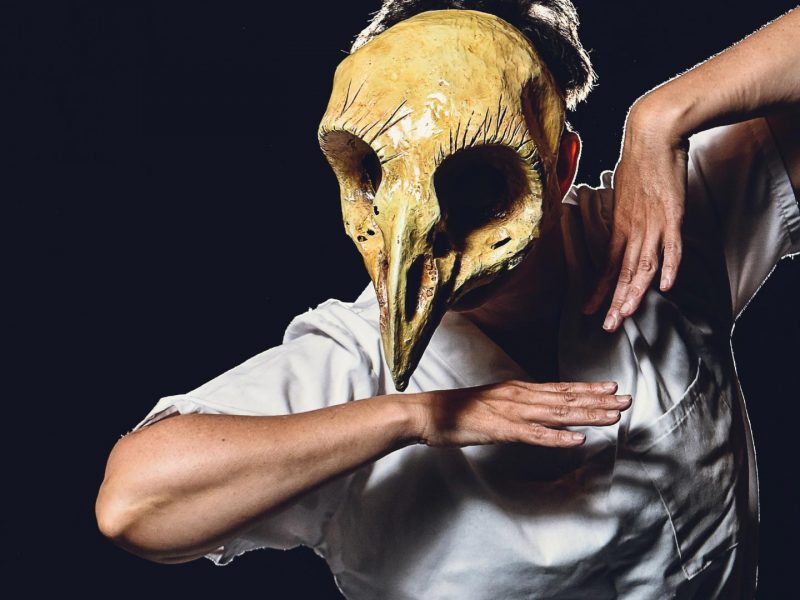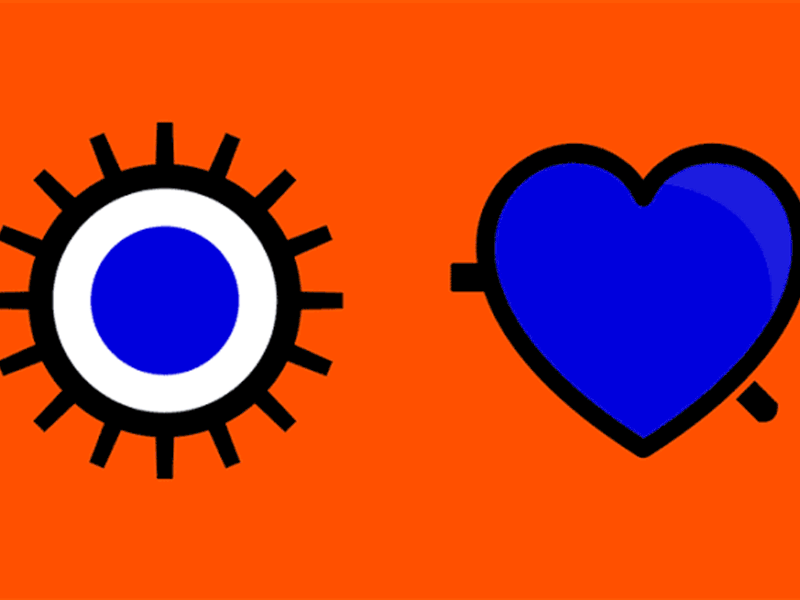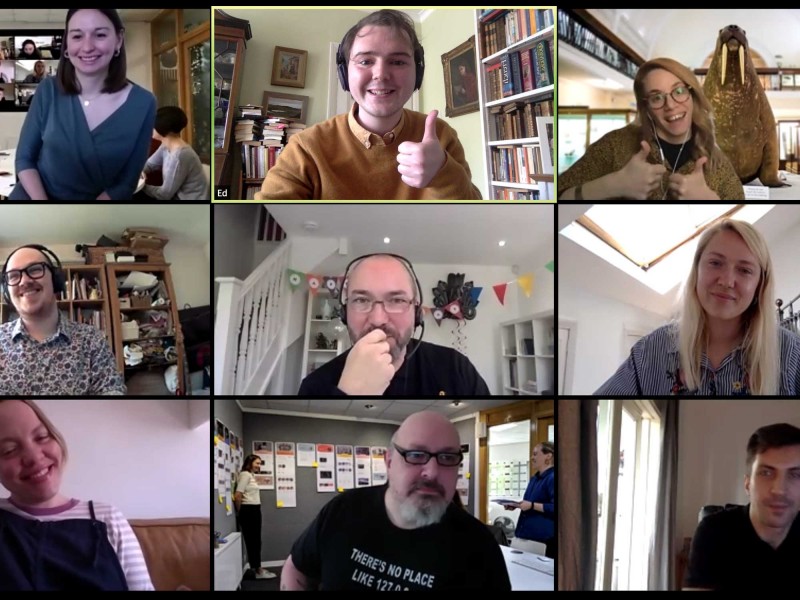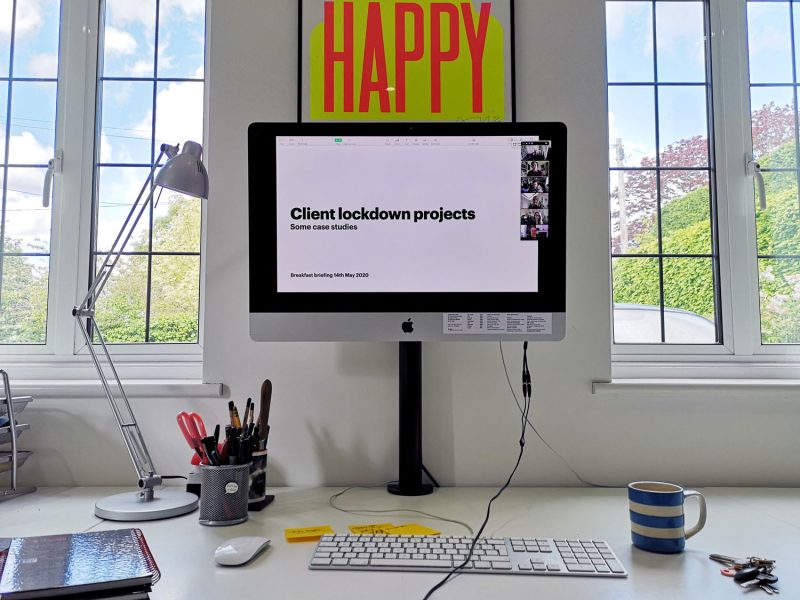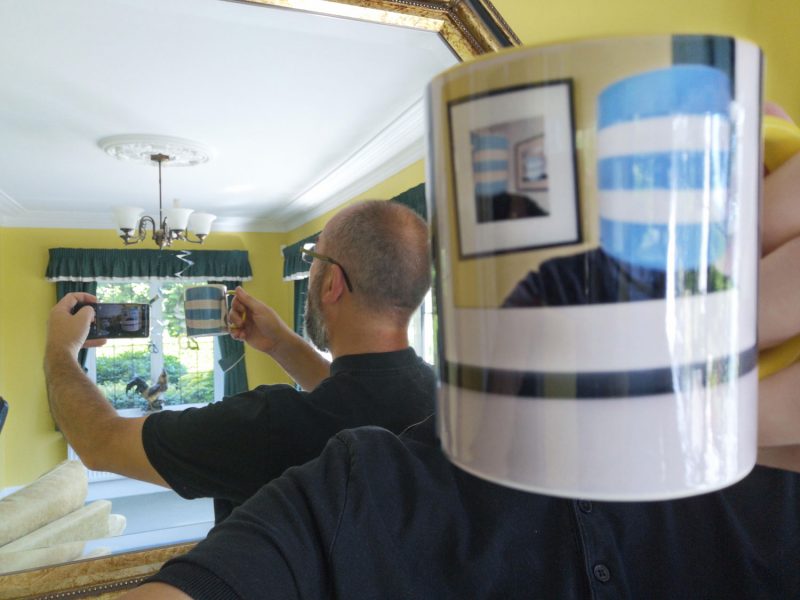For our March Cog Night we were at Greenwich Theatre for an immersive theatrical experience about contagion and containment. It was an interesting premise and a disconcerting experience. Michael gives his take.
White Plague at Greenwich Theatre
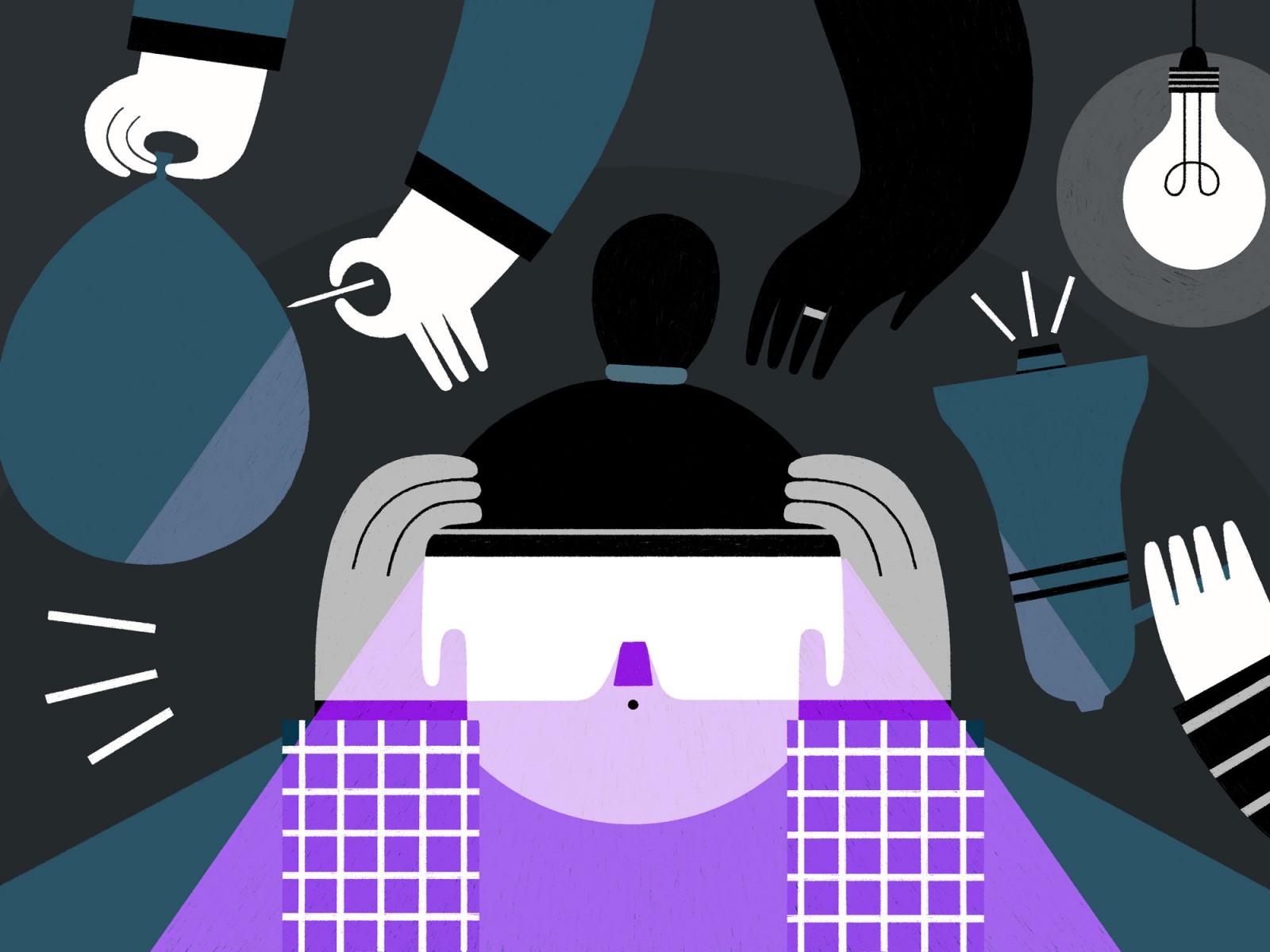
White Plague is an immersive, multi-sensory (or perhaps sensory-deprived is a better expression) show, where the audience experience white-out blindness by wearing goggles, covered with gauze and containing bulbs.
It’s a neat idea.
The story’s premise is that a mystery contagion is spreading, through person-to-person transmission, taking people’s sight. The government is using internment camps to contain the afflicted and stop the viral spread.
It all feels very close to home at a time when COVID-19 hysteria is spreading faster than the virus itself.
The show is not without its flaws, so let me preface this review with a warning: I’m going to mention plot points and talk about problems with the show.
One of the main issues I’m going to mention is that the theatre company did not issue warnings at the start, so it seems doubly appropriate that I do that now.
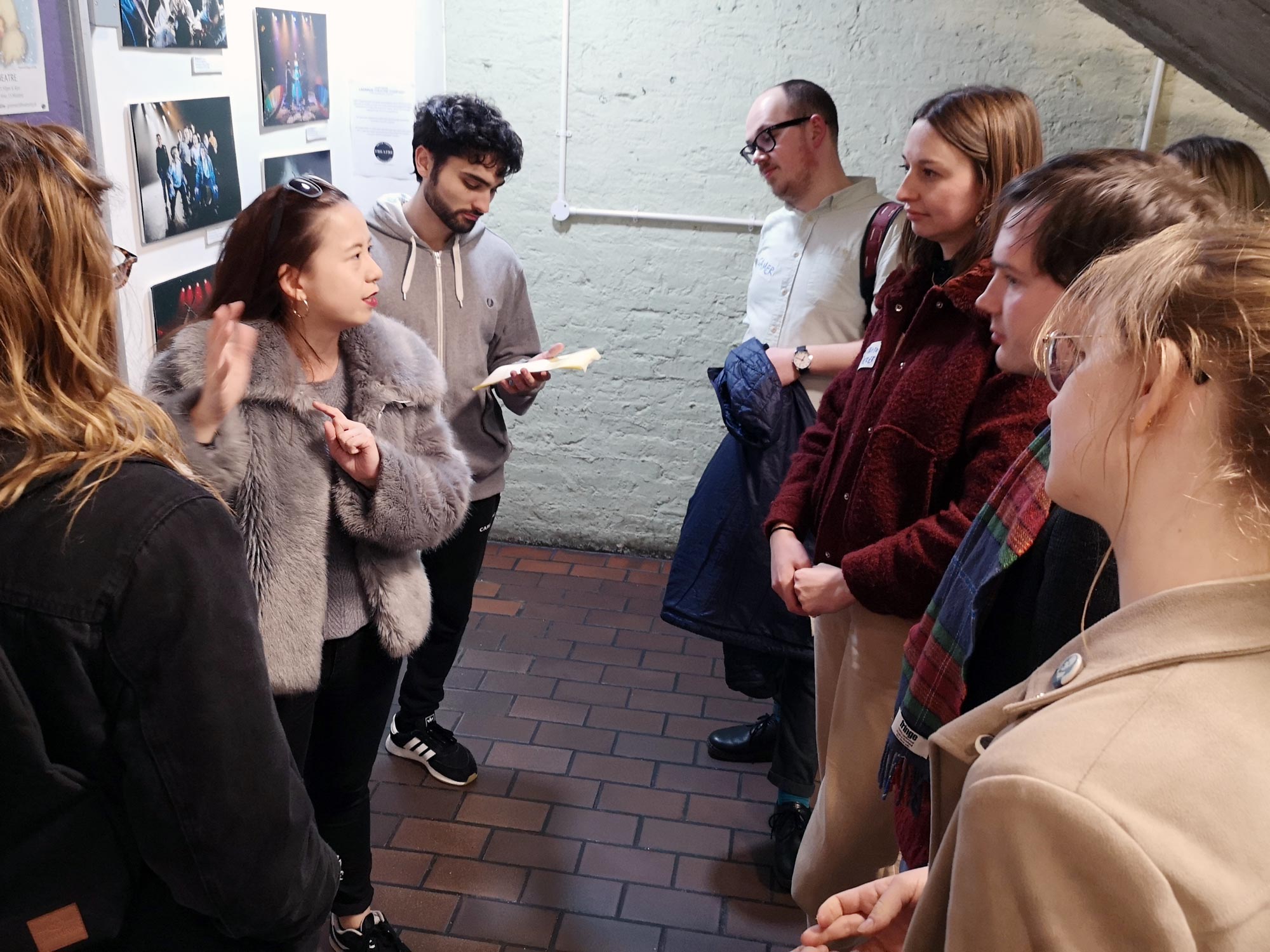
The Cog team, being briefed and named.
I’ve always found Greenwich Theatre an odd space. The building wraps around another (the Rose & Crown pub) and you enter through what, architecturally, feels like the side of the building.
Standing in that entrance space we were asked not to go through to the main building until we’d been briefed and given an identifying sticker. It was a fun idea because it allowed the cast to call out our ‘names’ during the show. But it wasn’t terribly sensitively handled. It felt like the cast would have benefitted from a little extra training in how to quickly establish a connection, and specifically how to approach issues of gender and personal boundaries.
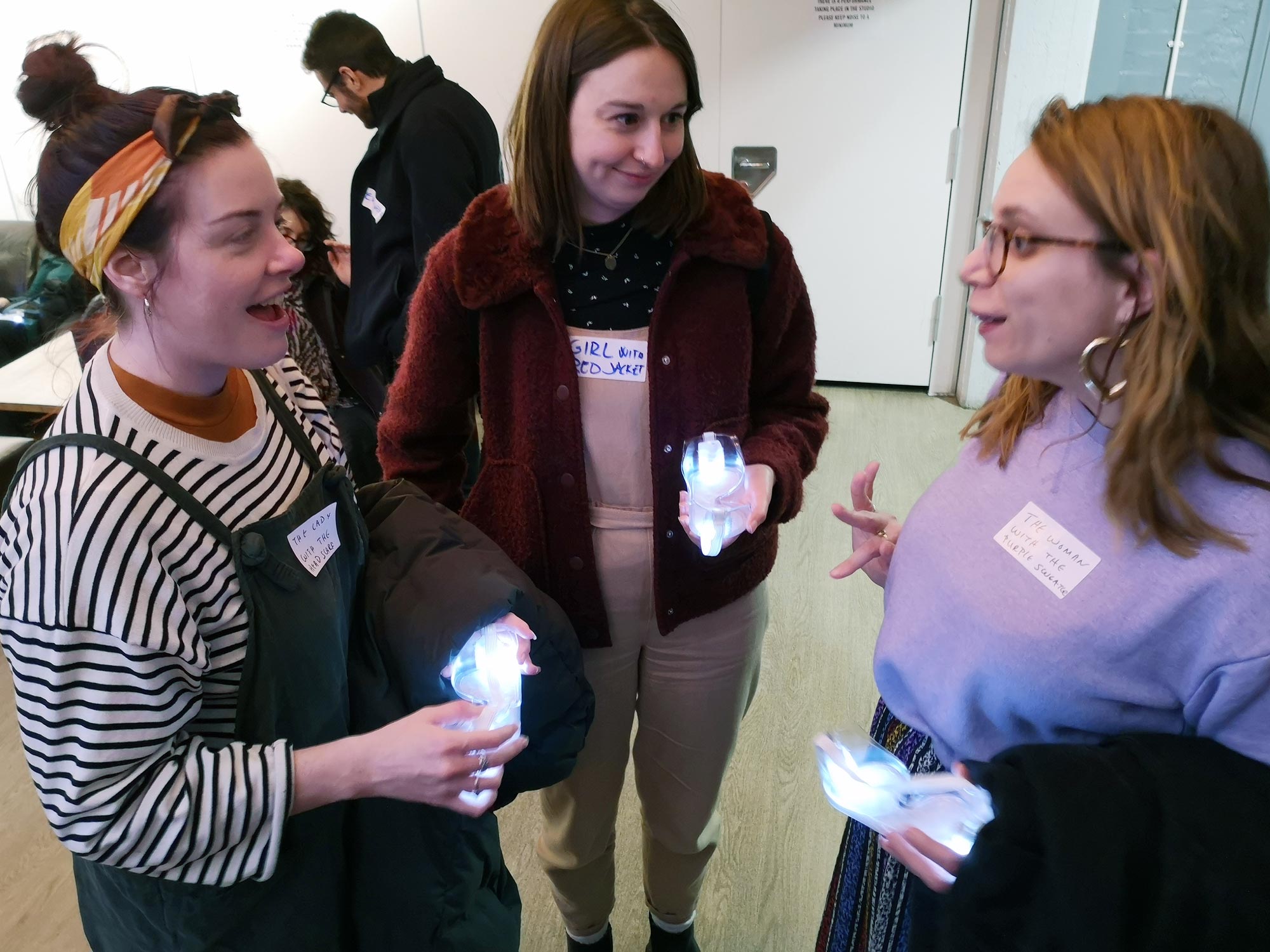
‘The LADY with the headscarf’, ‘the GIRL with a red jacket’, and ‘the WOMAN with the purple sweater’.
Through the doors, into the sunken bar area, we picked up goggles.
In line with the theme of the show, we are all currently obsessing about infection, so each pair had been cleaned, antiseptically sprayed and stored in an individual zip lock bag. I’d guess this isn’t usually thought necessary. The process took up a table, a lot of space, so maybe that’s why we had to crowd in the entrance to do the naming ceremony.
Goggled-up (“we’ll make an action to let you know when to put on the goggles”) we stood awkwardly in the bar, taking selfies and looking hilarious.
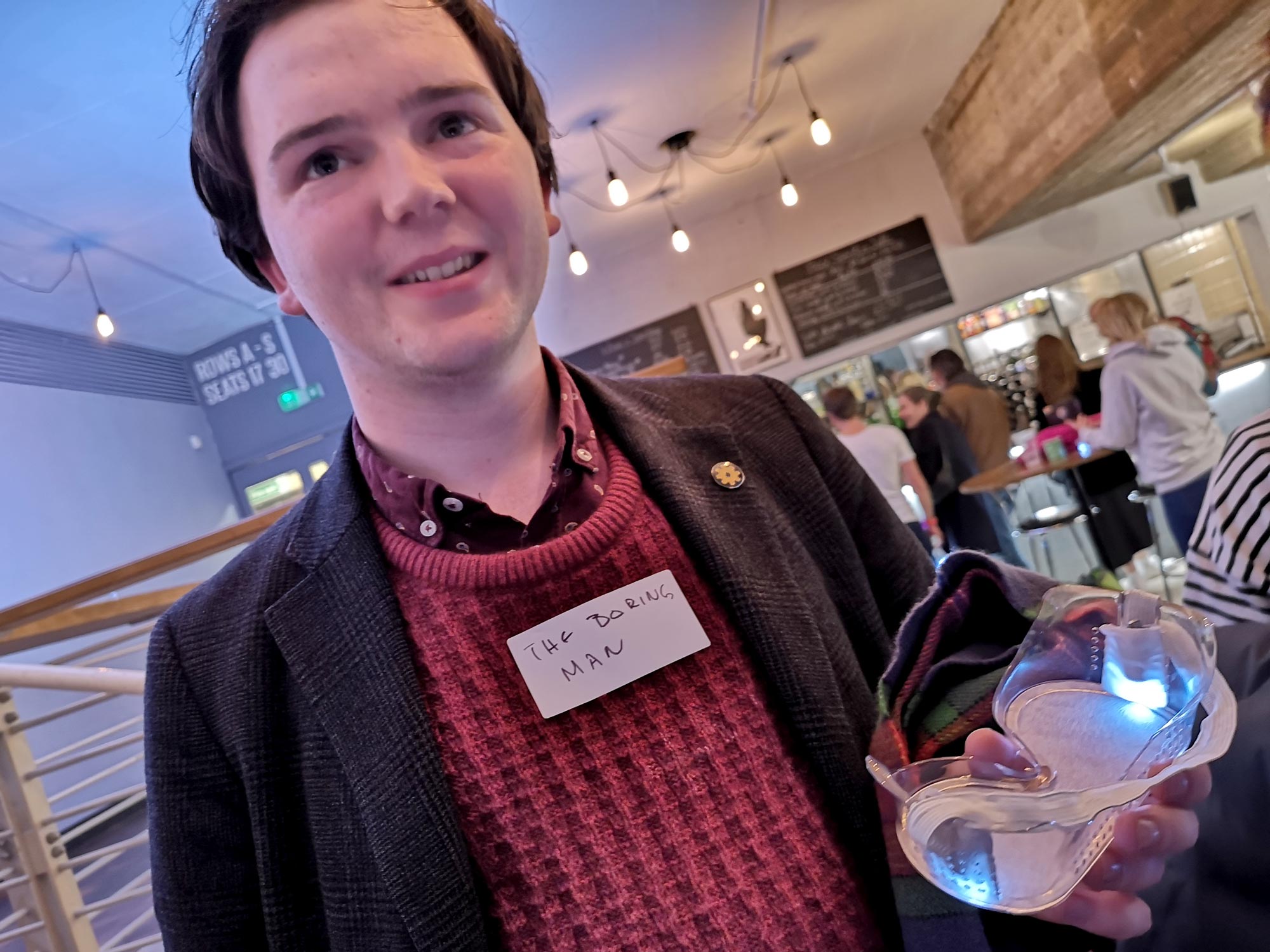
‘The boring man’
Then the action started: “look at me; look at me; look at me“.
Dressed in greys and lit from below, the actors passed a mic between themselves, looking down on us in the sunken bar area.
With varying European accents they told us to imagine they were from Leeds. They explained that they couldn’t do the accents. It was funny, clever, engaging.
They were slick and the dialogue was tight.
An older man had lost his sight whilst driving. He’d sat screaming until a younger man had helped him and drove the car to the hospital.
The good Samaritan turned bad and took the car and was soon struck down himself.
And so was the doctor who’d treated the older man.
Soon, one of the characters had infected everyone in a nightclub, the nightclub that we were all in. We’d all been struck down.
[*the sign to put on your goggles*]
It was truly disconcerting.
Blinded by the lights, we were herded into rows, told to place our hands on the shoulders of the person in front. We were then led to a rope in order to feel our way along into the venue (the studio theatre space) before being individually guided to a chair.
I thought this aspect of the experience was really interesting. It immediately immersed you into the disorientation of sudden sight loss, and being submissive in the hands of ‘authority’. It made me feel helpless, scared and vulnerable.
But, it wasn’t what I was expecting when I read the publicity and bought the tickets. I’m sure there are plenty of people who would be more than uncomfortable being blindfolded and touched by strangers in a bar. Or maybe I’m being retrospectively over-sensitive; at the time I was just caught up in the moment.
Disconcerted and disorientated we’d been transported to bear witness at an internment camp.
At first the only captives were the doctor and the doctor’s wife (yes, that is incongruous but they did at least turn it around later by renaming the characters). They were alone in what seemed like an abandoned military building.
Then the others arrived: individually, in pairs, in groups and then in bus loads.
The tension ramped up as hygiene levels dipped. This was a multi-sensory show with plenty of introduced smells, but thankfully they copped-out of recreating the stench of the overflowing excrement and piss-stinking corridors.
Provisions became a serious concern. The guards at the gates were too scared to look at the inmates and there was sporadic communication and even less frequent deliveries.
The guards shouted through megaphones, gunshots rang out and at one point a cast member grabbed at the arm of my colleague (and came to apologise a little while later).
There was confusion, anger and shouting all round us.
Soon it was full-on Lord of the Flies, with one dorm being run by powerful men who’d taken provisions and were demanding payment for food.
And now is where we ran into real problems.
The ‘show’ quickly spiralled into topics of male on female violence, the apathy and complicity of others and the submission and subjection to explicit violence, sexual and otherwise.
It would be uncomfortable in the open, at a distance. But trapped in the light, with actors moving around you, speaking in your ear, some of our team felt understandably upset.
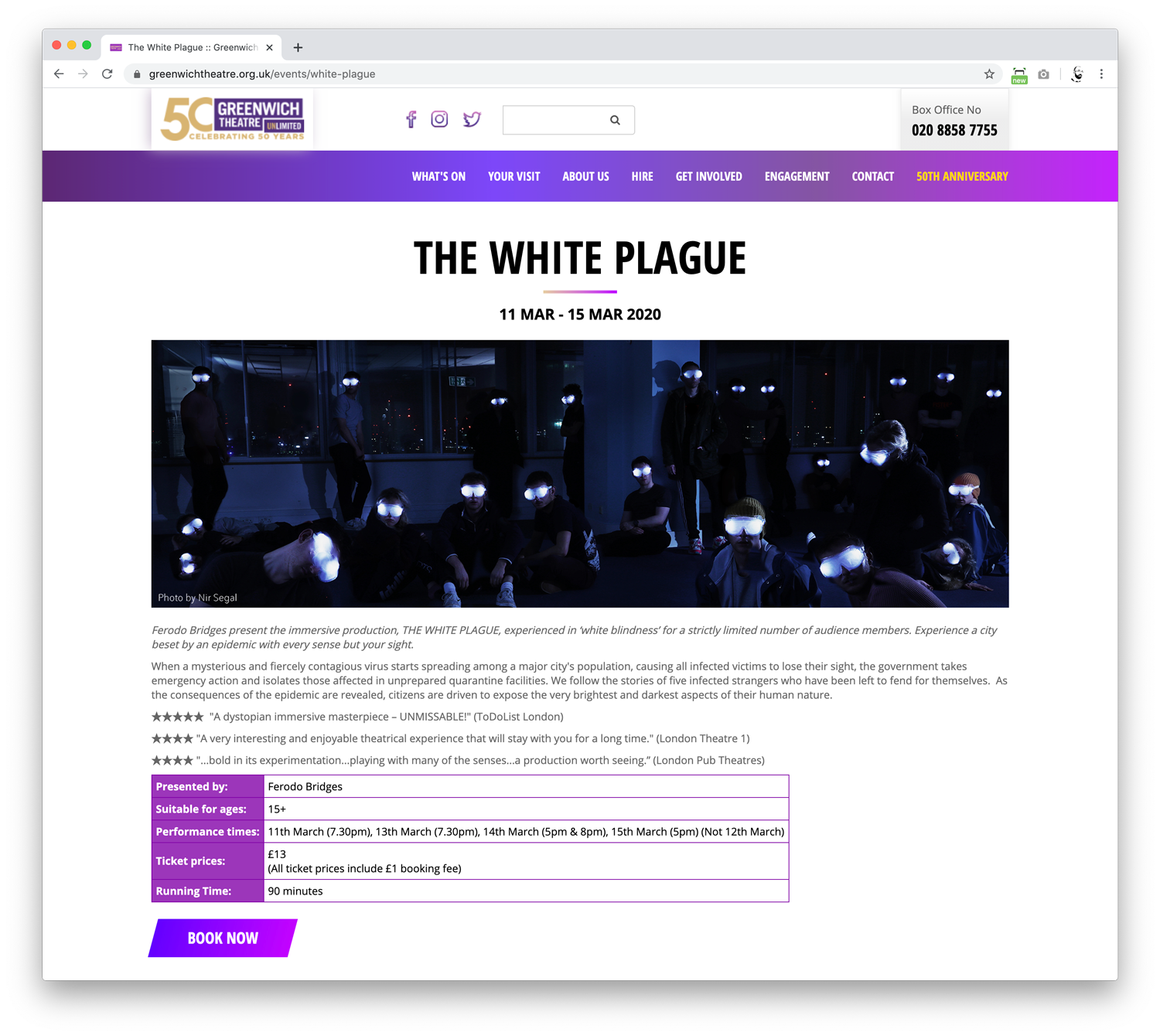
It felt like a line had been crossed. As an audience we’d been placed in a vulnerable situation. And that’s OK if that’s what we’d signed-up to. But the company (and the theatre) do have a duty of care. At the very least there should have been warnings displayed – I’ve rechecked the website and the printed publicity, there’s nothing to suggest anything beyond a multi-sensory experience.
Had we not descended so low, I think I’d have been much more forgiving.
But it did, so I feel it’s OK to mention that after the very slick opening scene, the acting was patchy and there were several times when missed cues, forgotten and stumbled lines broke the illusion and reminded us that these were actors. Maybe that was a good thing in the circumstances. But it meant that the show dragged and felt far too long.
I do think it’s a shame rather than an outrage.
The concept was really interesting and coincidentally appropriate. The goggles did a great job of disorientating and disconcerting.
The problem is a lack of thought and empathy rather than anyone seeking to upset anyone else.
In truth it’s possibly not something I’d have considered in any depth had I not witnessed the upset of others. And that, perhaps ironically, opened my eyes.
But, theatrical companies, producers and venues have a duty of care to their audiences. They need to remember that they are inviting people in, they need to be clear about what to expect, or at the very least to clearly display warnings around the potential triggers in a show. Most do it well. When was the last time you went to a panto and didn’t see a notice about haze, loud bangs and strobe-lighting?
And perhaps, just maybe, it’s possible to tell the story of societal collapse without the female characters being (to use the lexicon of the show) the man’s wife, the sassy sex worker, the woman who cared for the child, and the rape victim.
Illustration by Beatrix Hatcher for our Cultural Calendar.


